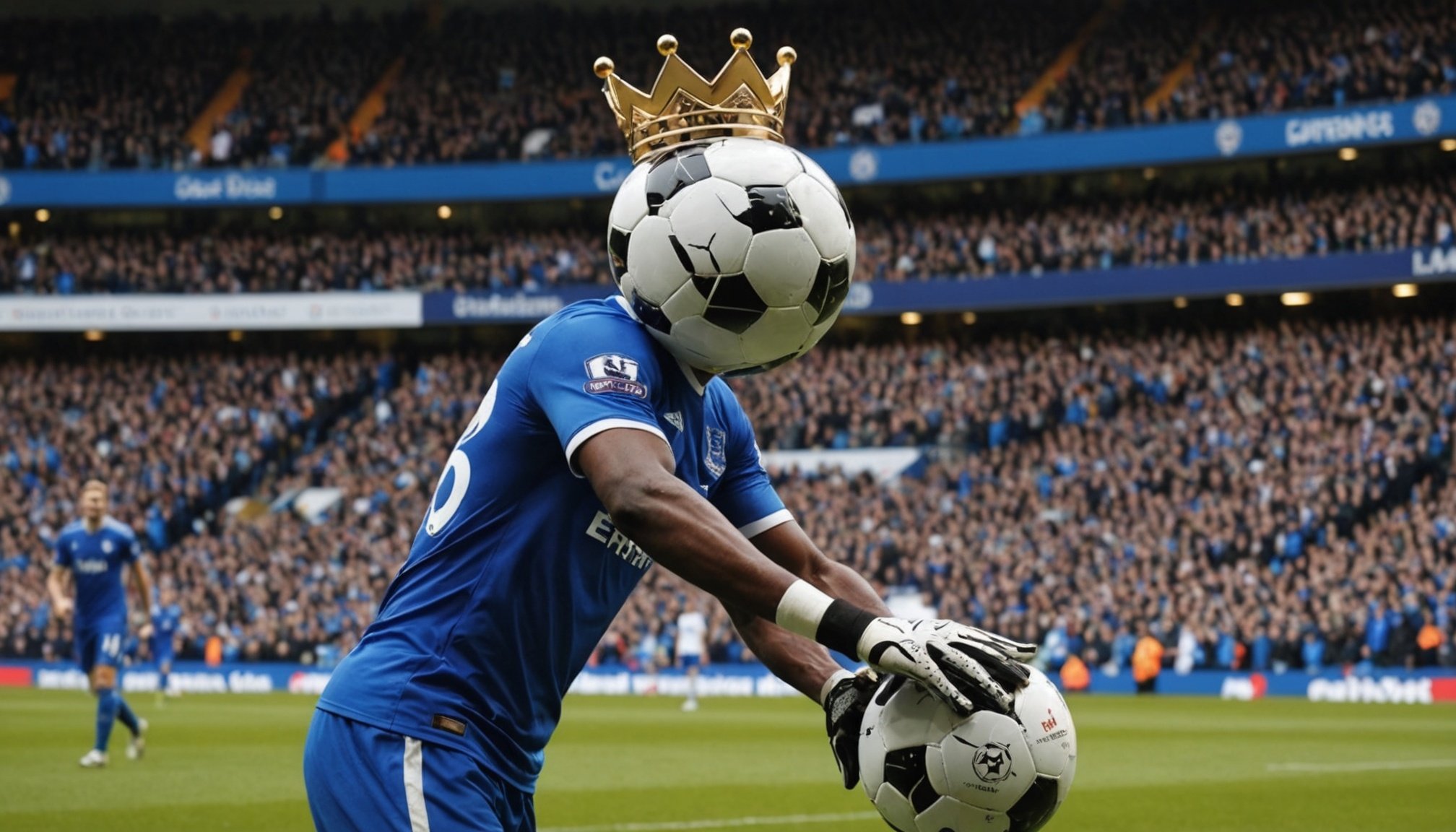Strategies UK Football Clubs Use on Social Media Platforms
UK football clubs employ diverse social media strategies to engage fans and enhance their digital presence. Key platforms such as Twitter, Instagram, Facebook, TikTok, and YouTube each demand unique approaches due to their differing formats and audience preferences. For example, Twitter is ideal for real-time updates and fan interactions, while Instagram focuses on visual storytelling through photos and short videos. TikTok allows clubs to reach younger demographics with creative, often humorous snippets, whereas YouTube is used for longer, in-depth content like player interviews and match highlights.
Successful UK football clubs adapt their content to fit these platforms perfectly. This means crafting branding on social media that resonates with varied audiences—whether it is the quick engagement on Twitter or the immersive visual content on Instagram. They also ensure consistency in tone and imagery across channels, which preserves a recognizable and trustworthy club identity. The use of the same logos, color schemes, and messaging style across platforms reinforces the club’s brand and deepens fan loyalty.
Additional reading : What are the key differences between UK and European football strategies?
This tailored yet consistent approach in social media strategies allows UK football clubs to maintain broad-reaching yet focused digital engagement, sustaining enthusiasm and building community among diverse fan bases.
Methods of Fan Engagement and Interaction
Engaging a football fan community effectively hinges on creating interactive spaces where fans feel heard and connected. One of the most impactful strategies is leveraging social media interaction through live Q&As, allowing fans to pose real-time questions to players, coaches, or club representatives. This direct dialogue enhances transparency and fosters a deeper bond between the club and its supporters.
In the same genre : What Factors Influence the Success of Young Football Talent in the UK?
Behind-the-scenes content offers another compelling avenue, giving fans exclusive glimpses into training sessions, locker rooms, or travel routines. Such content fuels excitement and provides a sense of inclusion beyond what is seen during matches. Interactive polls are also instrumental, encouraging fans to participate actively—for example, voting on man-of-the-match or deciding playlist songs for game day.
Incorporating user-generated content is crucial for amplifying fan voices. Encouraging supporters to share their own photos, videos, or stories related to the club not only diversifies the content but also solidifies community identity. Hosting fan competitions can spur creativity and participation, whether it’s design contests for merchandise or predicting game outcomes.
Consistent and genuine responses to comments help maintain trust and loyalty within the fanbase. Sharing standout fan posts on official channels further validates supporters and inspires others to engage. Together, these methods create an ecosystem where fan engagement thrives naturally, strengthening the overall sense of belonging and enthusiasm around the club.
Social Media Campaigns and Visual Branding Techniques
Social media campaigns are essential tools in football club marketing, driving fan engagement with targeted and visually appealing content. Clubs often launch themed campaigns around key events such as matchdays, player signings, and club anniversaries, each designed to evoke a sense of excitement and community. For example, a well-orchestrated campaign for a major signing might include countdown graphics, exclusive player interviews, and highlight reels shared across platforms, enhancing both anticipation and brand loyalty.
Creating consistent visual branding is vital. Clubs develop branded graphics, custom hashtags, and short video content tailored to different social media channels. These elements not only improve recognition but also encourage fans to share posts, boosting organic reach. For instance, a unique hashtag tied to a campaign empowers supporters to join conversations, while captivating logos and themed colors strengthen the club’s identity online.
Partnerships with sponsors and influencers further amplify campaigns, extending their reach beyond traditional fanbases. Collaborations might include co-branded content featuring sponsor logos or influencer-driven challenges and giveaways that tap into broader audiences. Such alliances are mutually beneficial, increasing visibility for both the club and its partners, and often result in innovative, multimedia-rich campaigns that resonate well on social media.
In summary, a strategic blend of themed campaigns, compelling visual branding, and influencer partnerships enables football clubs to maximize engagement and build a cohesive, dynamic presence on social media platforms.
Success Stories and Branding Outcomes
Social media success is vividly illustrated through various case studies of football clubs that have mastered digital engagement. Clubs like Manchester United and Liverpool have leveraged social media platforms to achieve remarkable branding success, reflected in substantial follower growth and high engagement rates.
For example, Manchester United’s social media accounts demonstrate a consistent increase in followers, sometimes by millions annually, which enhances the club’s global reach. This growth not only boosts visibility but also directly correlates with higher merchandise sales as fans feel more connected to the club’s online presence. Similarly, Liverpool’s engagement rates, including likes, shares, and comments, create a dynamic community that drives ticket sales and attracts lucrative sponsorship deals.
Measurable outcomes from these branding success stories include a tangible increase in revenue streams. Sponsorship contracts often expand as brands seek to tap into the clubs’ expansive and engaged audiences. Additionally, clubs report a rise in ticket sales following targeted social media campaigns, proving the direct commercial impact of a strong online brand. This evidence highlights how digital strategies translate into concrete financial benefits, making these case studies essential for understanding effective sports branding.
Challenges Faced and Expert Recommendations
Navigating social media challenges in football club branding requires a delicate balance between promoting a strong, consistent brand image and encouraging genuine fan interaction. Clubs often struggle to present a polished brand persona while also responding authentically to supporters’ voices. This tension is intensified when dealing with negative comments or online reputation crises, which can quickly escalate if not managed effectively.
Experts emphasize that maintaining credibility hinges on transparent communication and swift, thoughtful responses to criticism. Acknowledging issues without defensiveness helps reinforce trust while preserving the club’s reputation. Proactive strategies, such as designated social media teams trained in crisis management, are vital for mitigating risks before they become overwhelming.
For long-term growth and innovation, specialists recommend focusing on engaging content that celebrates the club’s values while embracing new technologies and platforms. This approach fosters sustained fan loyalty and attracts younger, digitally native audiences. Continuous monitoring and adapting to evolving digital trends allow football clubs to stay ahead, turning challenges into opportunities for deepening fan relationships and strengthening the overall brand.






